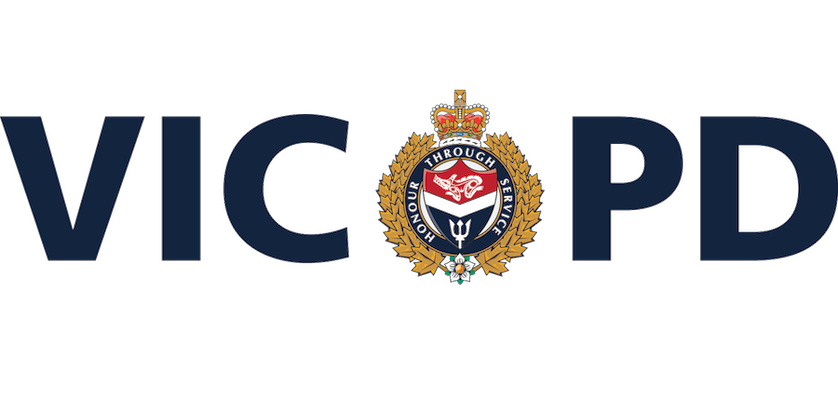study the sender’s use of language
look for patterns linked to important contacts, payments, and dates
A business receives a duplicate invoice with updated payment details supposedly from an existing supplier or contractor
An accountant or financial planner receives a large withdrawal request that looks like it’s coming from their client’s email
Payroll receives an email claiming to be from an employee looking to update their bank account information
Members of a church, synagogue, temple, or mosque receive a donation request by email claiming to be from their religious leader
An email that seems to come from a trusted source asks you to download an attachment, but the attachment is a malware that infiltrates an entire network or infrastructure
An email that seems to come from trusted source asks you to buy gift cards
Unsolicited emails
Direct contact from a senior official you are not normally in contact with
Requests for absolute confidentiality
Pressure or a sense of urgency
Unusual requests that do not follow internal procedures
Threats or unusual promises of reward
Remain current on frauds targeting business and educate all employees
Include fraud training as part of new employee onboarding
Put in place detailed payment procedures and institute a verification step for unusual requests.
Establish fraud identifying, managing and reporting procedures
Avoid opening unsolicited emails or clicking on suspicious links or attachments
Take a few seconds to hover over an email address or link and confirm that they are correct
Restrict the amount of information shared publicly and show caution with regards to social media
Upgrade and update technical security software
-30-



